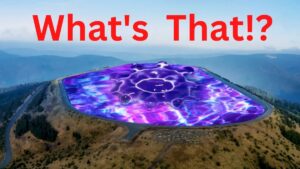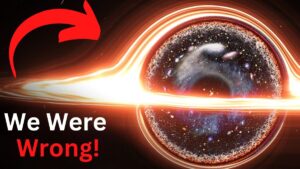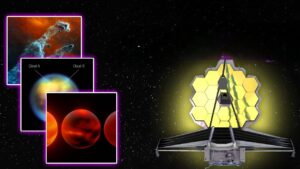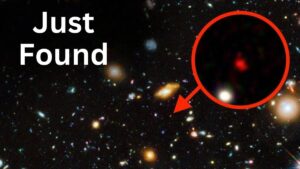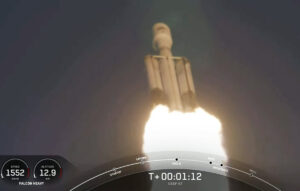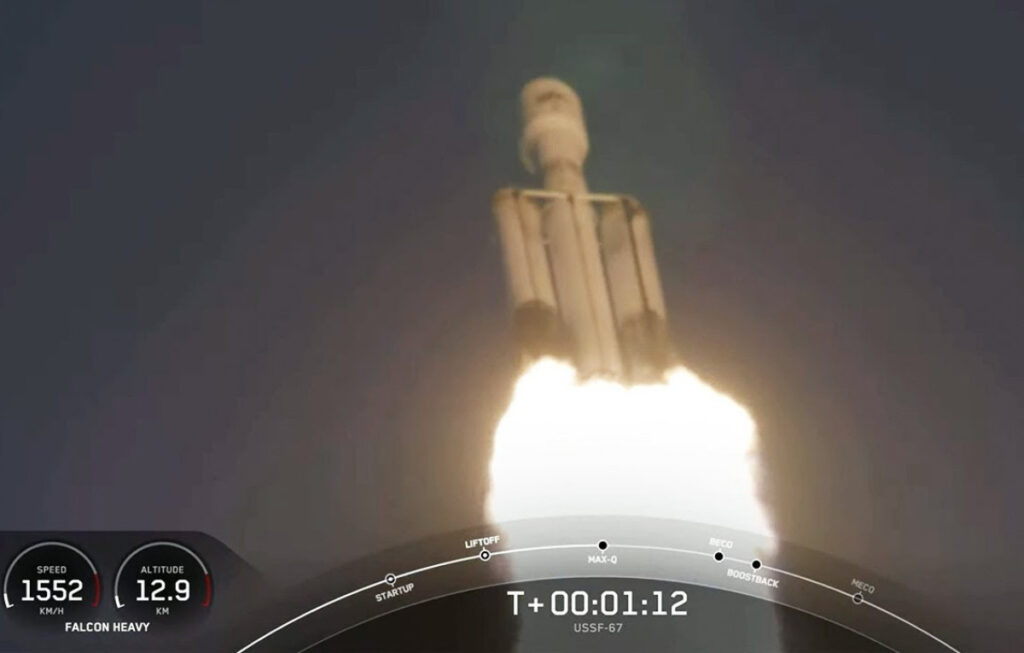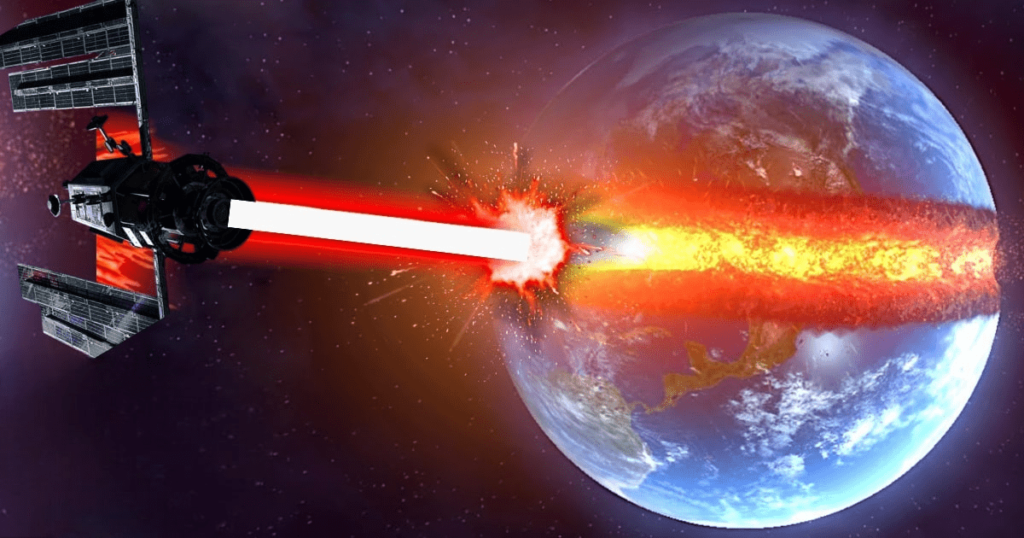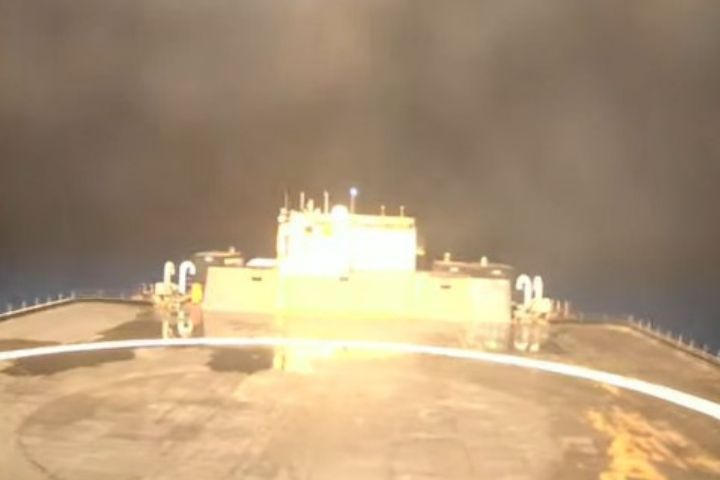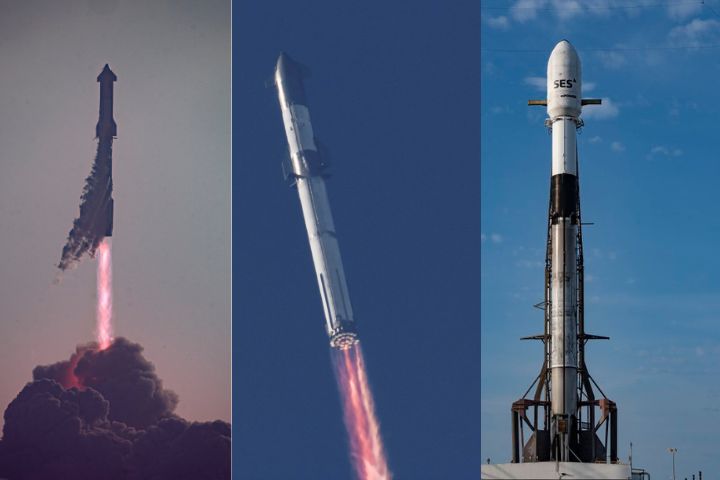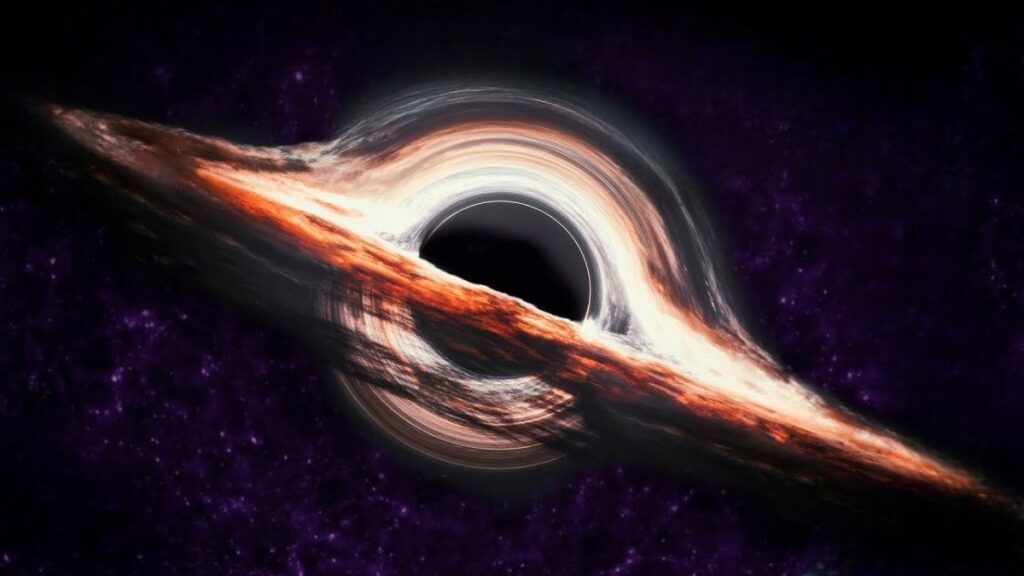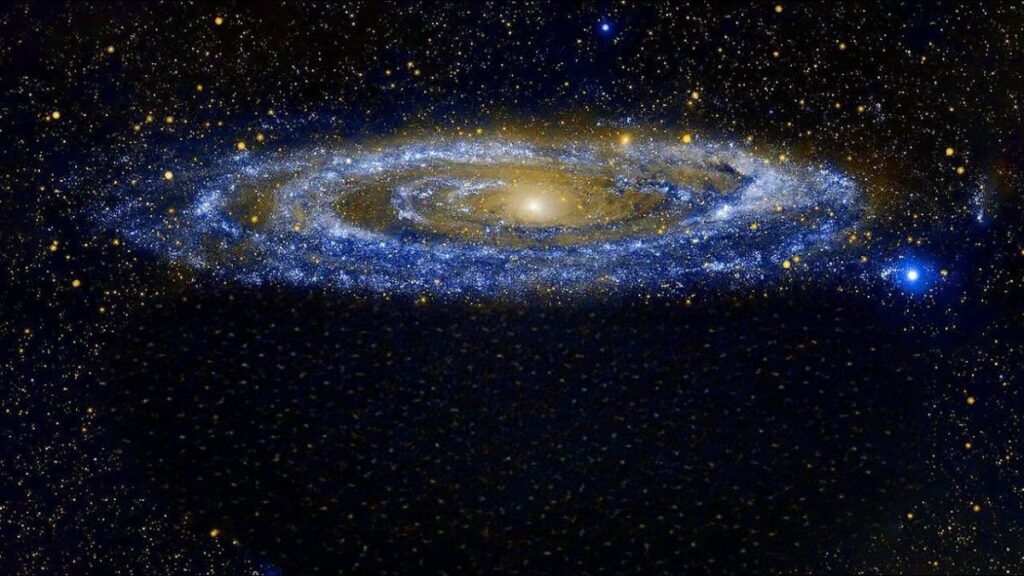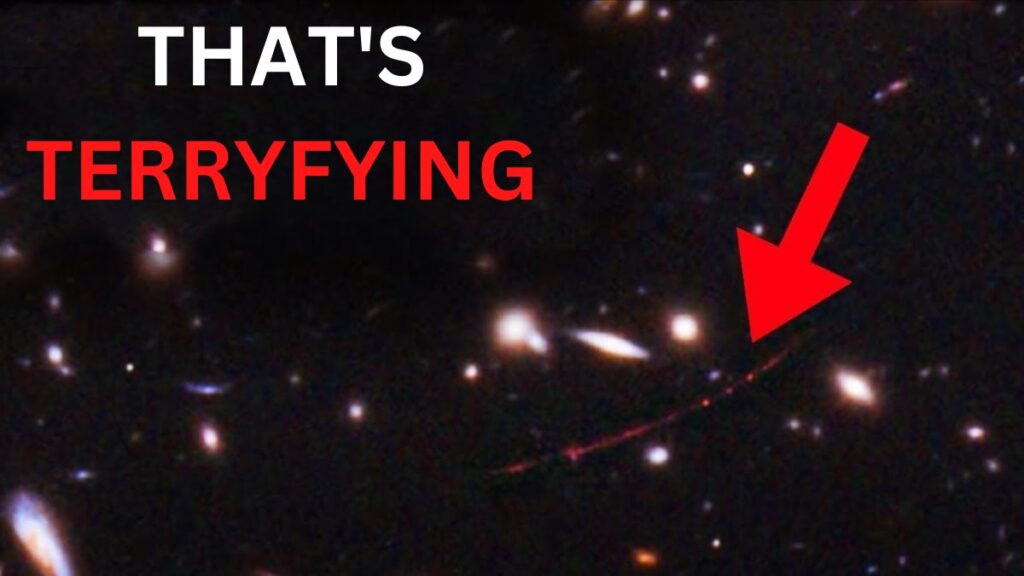
According to current assumptions, the universe is about 13.8 billion years old.
After the Big Bang, space was initially quiet and dark for a very long time.
The temperatures were so high at several million degrees that it would have been impossible for matter to form.
Only many thousands of years later did the first elementary particles form, then gases, dust, and ultimately the universe cooled down.
To this day, it remains a great mystery of science when, in this initial chaos, the first stars were formed.
Thanks to the Hubble Space Telescope, researchers have been able to look back in time about 12 billion years.
Although Hubble’s technology was better than anything ever seen before, distant objects were always very blurry.
It was hardly possible to recognize single stars; much more often, the images showed blurred star clusters.
But then, towards the end of its service, Hubble managed something unbelievable.
If you’re interested in topics such as the latest discoveries of the Hubble Space Telescope or the exploration of our solar system, explore these stories.
We now move on to the incredible discovery Hubble made in February of this year.
Hubble Sensational Find: The Hubble Space Telescope has now been in service for more than 30 years.
Like no other telescope before it, Hubble gave us glimpses into the depths of the universe.
The telescope’s mirrors were able to capture light that had been traveling to us for millions and even billions of years.
Hubble thus looked so far back in time that astronomers could see almost to the Big Bang.
This period of time, shortly after the universe is supposed to have arisen from a single initial event, holds the greatest mysteries of cosmology.
Finally, the Big Bang remains only a theory until today.
Nobody has seen the event, of course, and the experimental physical evidence for the authenticity of the theory has been shaken again and again in the last hundred years.
Of course, it’s the great hope of the worldwide research community.
It’s a one-day be able to look back to the Big Bang and thus also prove the theory.
Icarus’s discovery in 2018: In 2018, cosmologists reported for the first time the discovery of a star beyond the seven billion year limit.
The Hubble Space Telescope was able to image the blue supergiant for the first time.
The images quickly made it clear that Hubble had already looked in the direction of Icarus’s position dozens of times, but the telescope settings had previously shown only blackness or a faint glow at the spot.
Only a close look at a region showing galaxies very far from the Milky Way made the star’s discovery possible.
Icarus’s discovery was thus a happy accident of science.
The age of the star was estimated at 9.4 billion years.
This means that this star existed a little more than 4 billion years after the Big Bang.
For a long time, Icarus was the record holder and was officially considered the oldest star ever discovered by man.
Even then, researchers would have liked to look even deeper into space to learn more about the oldest and first stars in the universe, but Hubble’s capabilities and the possibilities of observing this period of time from Earth are limited.
The James Webb Space Telescope, the new project launched in December 2021, aims to peer a little deeper and a little more in focus toward the Big Bang.
Hubble’s technology was considered obsolete; hardly anyone still hoped that the old telescope would make any groundbreaking discoveries when the whole world was already looking in the direction of James Webb.
Hubble finally served up a surprise no one had expected in February 2022.
The telescope delivered a fabulous image of a star that formed nearly 13 billion years ago in the early days of the cosmos, making it the oldest star ever cited by humans.
Irendel, the morning star: There was great excitement at NASA when researchers announced the unbelievable on one of Hubble’s most recent images.
They had identified a star whose light had been on its way to us for 12.8 billion years.
This means that this star already existed about 900 million years after the Big Bang.
The blue supergiant was given the mystical name Irendal.
The Old English term for “morning star” or “rising light” proved to be more than suitable for this discovery because, after all, Irendal, according to previous assumptions, was a pioneer of the cosmic dawn and might have been one of the first shining bodies in the universe.
Stars were formed from gas and dust clouds starting at a time still unknown.
First, the clouds began to oscillate, then to rotate.
Finally, they became faster and faster, and in their centers, the first stars condensed as a result of enormous forces.
Due to the immense pressure, these celestial bodies became incredibly powerful reactors capable of fusing hydrogen molecules over millions and billions of years to produce light, heat, and all known elements.
Icarus and Irendal indicate that the first stars were very large and bright; both are blue supergiants.
Irendal was previously estimated to be about 50 times larger than our sun and an incredible one million times more powerful in its luminosity.
Researchers now suspect that the lifetime of these first stars was not very long; presumably, both Icarus and Irendal no longer exist today.
Irendal’s discovery: gravitational lensing effect: Despite the excellent technology of modern space telescopes, finding the oldest stars in the universe is a bit like the famous search for a needle in a haystack.
Normally, gigantic galaxies appear over this distance only like small hazy specks of light.
The galaxy in which Irendal was located probably contained millions of stars, yet it appears only as a blur of light in the images.
The galaxy and eventually Irendal became visible only through an effect astronomers call gravitational.
Unlike Hubble, James Webb will be able to provide much better and sharper images from after the Big Bang.
Consequently, the excitement among scientists was and is great.
Shortly after its launch, James Webb caused a shock with its first images.
On one of the first images, researchers were able to identify star clusters that very likely existed 220 million years after the Big Bang.
If these values and observations are correct, the stars within these extremely luminous galaxies would be about 700 million years older than Irendal.
So far, however, only fuzzy star clusters of this age and no individual stars were visible on the first images of James Webb.
It remains to be seen when James Webb will detect the first single star from the time of the cosmic dawn.
At present, however, the discovery of the oldest galaxies raises a new question.
According to previous assumptions, there should not have been any finished galaxies at all in the time between 200 and 300 million years after the Big Bang.
It seems likely that scientists will now put all their efforts into the investigation of these oldest galaxies and will try to look even further back in time.
Nobody can know at present with certainty whether still older stars then Irendal will come to the surface.
So it goes, and every day could bring a new finding.
We will of course keep you informed about all new discoveries and other exciting topics in cosmology and space travel.
At last, tell us what you think about the discovery of Irendal and the current developments in the exploration of the beginnings of the universe.
Do you think Irendal’s discovery is unique and promising, or are you one of those people who believe the new James Webb Telescope will soon find far older stars and disprove the Big Bang Theory?
Let us know and share your thoughts with us in the comments.
